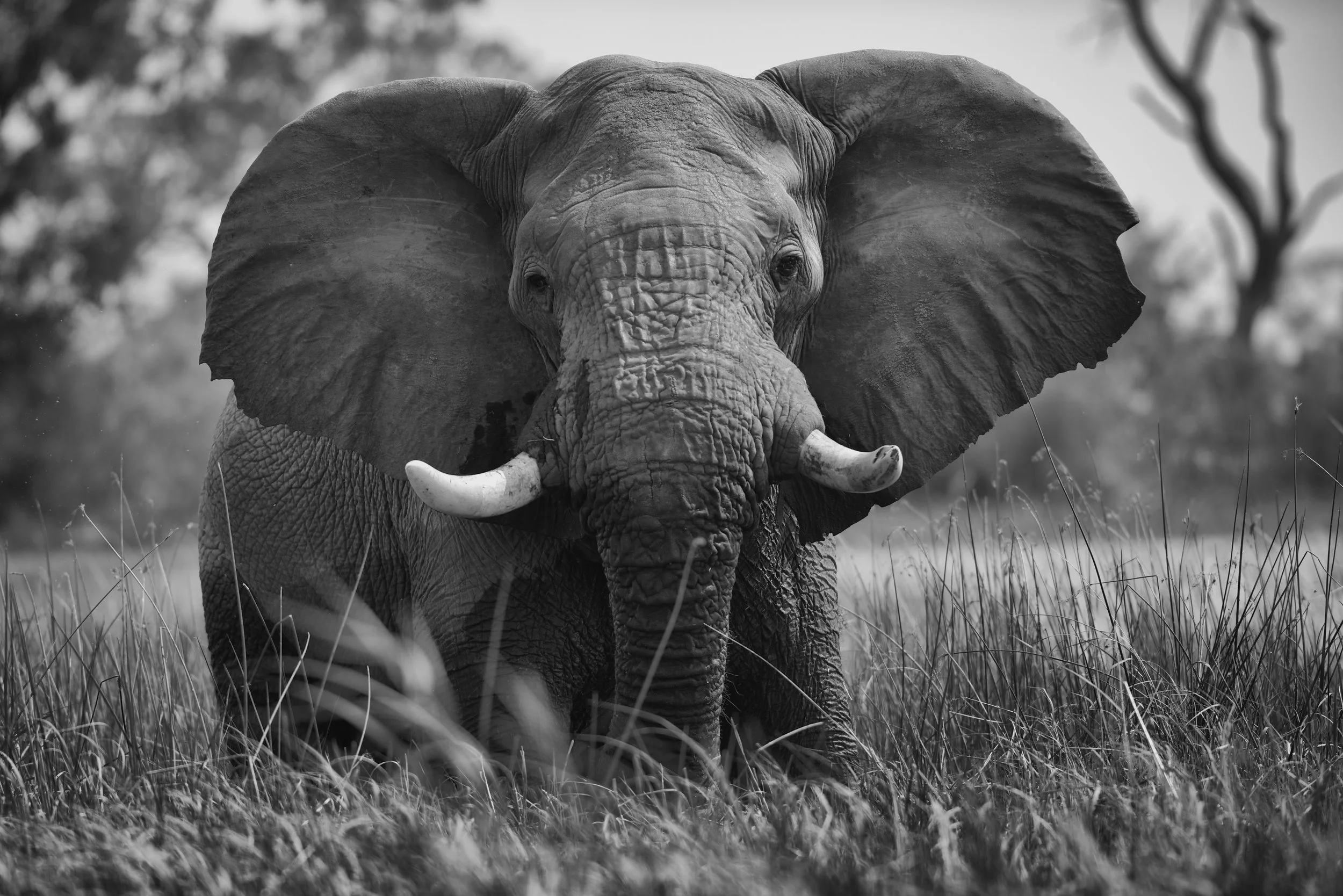South Africa and Botswana
South Africa
South Africa is a lion, a grape, a flower, a painting and a smile. It stands out among African nations for its sheer diversity.
This land of perpetual sunshine offers urbane cities and old-world vineyards, spectacular vistas and thrilling big game drives. It is well endowed with natural attributes such as the fynbos, a botanically rich region known as the “Cape Floral Kingdom” noted for dramatic flowers such as the king protea. Two mighty oceans collide near the Cape of Good Hope, and great graceful sweeps of coastline stand uncrowded and uncluttered.
Private game reserves hark back to the era when the land was owned by elephant, leopard, impala and zebra. Malaria-free reserves are ideal for families with young children. Indeed, many of the extraordinary boutique hotels, lodges and inns are genuinely family friendly with specialized programs and activities catering to each family’s interests.
South Africa is also noted for its ancient rock art and cave paintings created by the original San people and dating back millennia. Ukhahlamba-Drakensberg Park, for example, is a UNESCO World Heritage Site that is one of just 23 sites worldwide granted this status on the basis of both natural beauty and cultural significance. It has 500 known sites of San rock art.
South Africa appeals to the travel connoisseur who delights in exceptional cuisine, historic architecture, world renowned wines, luxurious railway journeys and outstanding accommodations. From jazz and art galleries, to small craft markets with locally produced arts and textiles, to classic game-viewing South African safaris, this is the lovely composition that is South Africa.
Best Time to Go
Most of South Africa is subtropical, with temperatures warmed by ocean on three sides of the country, and the altitude of the interior plateau. The best time to travel depends on your interests. Spring lasts August to mid-October. Flowers are best seen August and September. Southern right whales migrate to the bays of the southern coast July to November. Summer, mid-October to early March, is hot and sunny, with afternoon thunderstorms that clear quickly. Autumn, mid-March to April, is a favorite time to visit when temperatures are comfortable. Winter, May to July or August, in the Northern provinces is dry and sunny, with crisp days and cold nights; but Cape Town is cool to warm with the possibility of rain. May through August is the prime time for spotting game, when the foliage is less dense. The high mountains in Drakensberg sometimes see snow in winter.
Botswana
Botswana weaves a subtle spell with its alluring contrasts of desert and delta, where wildlife still outnumbers people, where sand meets water, where traditional and modern lifestyles interact and co-exist.
In the northwest, the Okavango River pours onto the desert sands of the Kalahari, creating the largest inland river delta in the world. These two fragile environments occupy much of the country – the Kalahari Desert, with its great salt flats, and the Okavango Delta, a maze of islands, lagoons and waterways. Linyanti Wetlands and Savuti Channel lure brilliant birds and large numbers of antelope such as the desert-adapted Oryx and wetlands-loving lechwe. Botswana may be the last outpost for some of the largest wildlife herds left in Africa, including zebra, gemsbok, wildebeest, springbok and, especially, elephants. Northern Botswana shelters what is likely the largest surviving continuous elephant population in the world. The Limpopo River Basin, one of the major landforms of Southern Africa, lies partly in Botswana. The brooding quietness of the waterways, the graceful red dunes, the plaintiff cry of an African fish eagle, the Okavango’s glorious sunsets and the country’s remoteness are all part of Botswana’s attraction. Here, it is still possible to experience the feeling of far-flung and wild Africa on a Botswana safari of a lifetime.
From Big Five Tours










